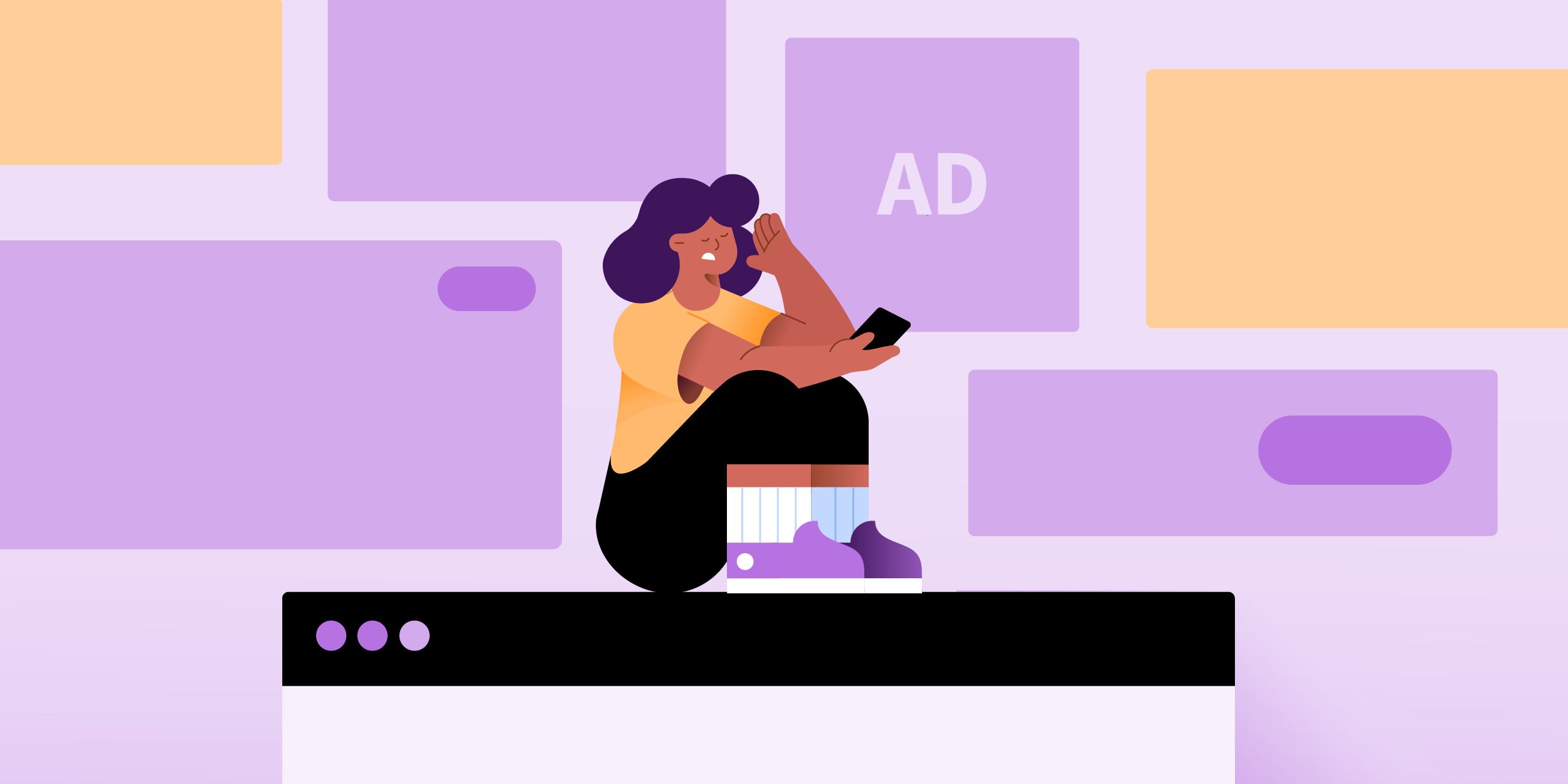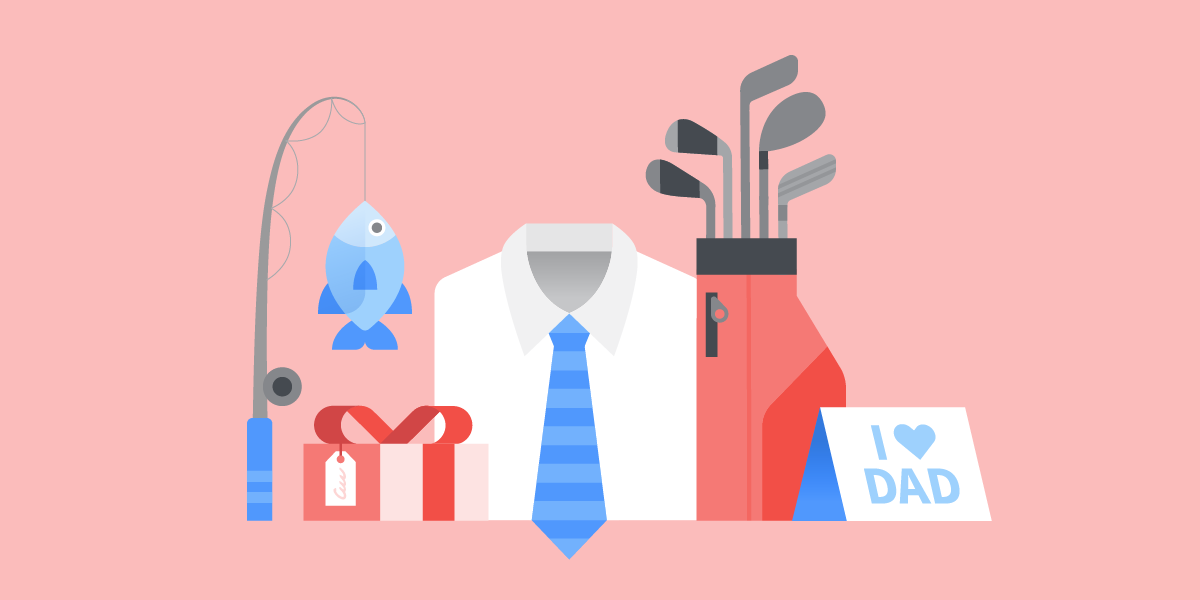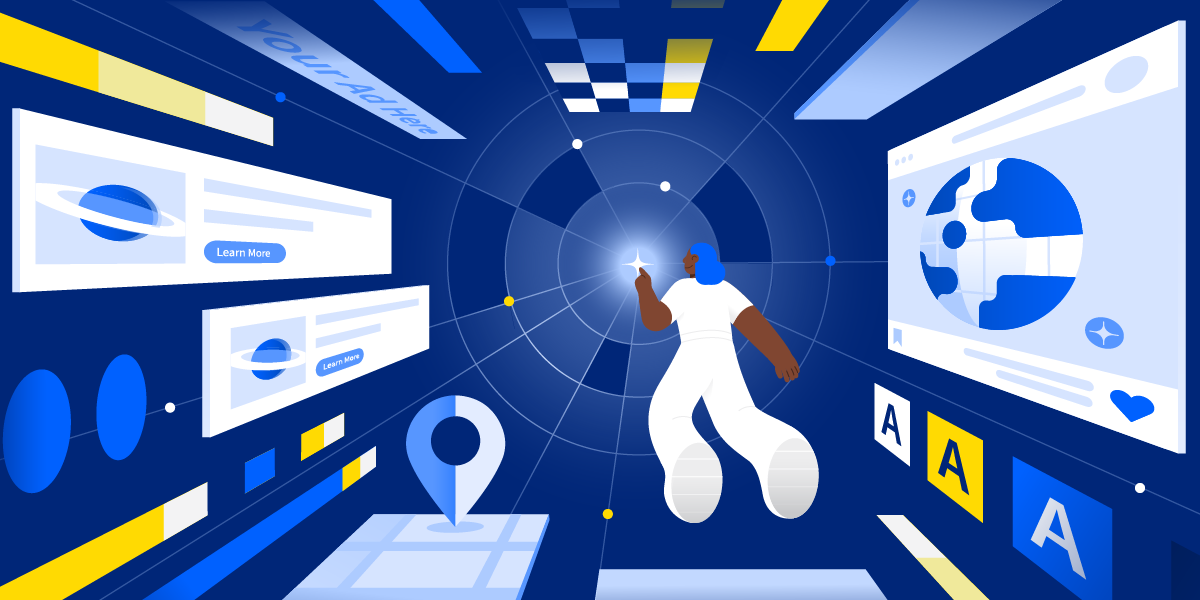On any given day, a person may be exposed to 4,000 to 10,000 ads seen across programmatic channels, social, and offline channels. A high volume of ad exposure can lead people to lose interest in ads, a phenomenon known as ad fatigue. This phenomenon can make capturing the attention of your audience a challenge.
With the right programmatic strategy, your digital campaigns can stand out regardless of how many times your audience is exposed to your campaign. Read on to learn what ad fatigue is, how to recognize it, and steps you can take to ensure your campaigns capture attention.
What is Ad Fatigue
Ad fatigue happens when users are exposed to too many ads, and when they see the same ads too often. The repeated exposure leads users to stop paying attention to the ads, and even ignore them.
It’s crucial to understand ad fatigue and take steps to avoid it. This is because ad fatigue can have a noticeable effect on your campaigns’ performance. It might prevent users from moving through the sales funnel, and can even cause a lower return on investment (ROI).
How to Recognize Ad Fatigue
The first tell-tale sign of ad fatigue is simple: Frequency. If a unique user has been exposed to the same ad multiple times, you run the risk of triggering the three key symptoms of ad fatigue.
Let’s break those symptoms down:
Lower Click-Through Rates (CTR)
Click-through rate (CTR) is a metric that uses a ratio to show how often users who see an ad end up clicking it. Since CTR shows how engaging your ads are, a dropping CTR rate may indicate ad fatigue. When users tire of being exposed to your ads repeatedly, they’re likely to stop interacting with the ads.
Decreased Engagement
Like CTR, engagement rates will see a decrease if your campaign catches a case of ad fatigue. Decreased engagement indicates that viewers of the campaign have lost interest in your ad, and aren’t motivated to interact with it.
Higher Cost Per Action
When a campaign is delivering a higher cost per click (CPC), cost per acquisition (CPA), or another high cost per action metric, you may be contending with ad fatigue. High costs per action are an indication that your audience may be scrolling past your ads without engaging with them. As a result, you’re paying for the view without any resulting action.
How to Avoid Ad Fatigue
Whether or not you’re noticing symptoms of ad fatigue in your campaign reporting, it’s good practice to follow some simple best practices that can safeguard your campaign from it.
1. Rotate Your Creative Assets
Before your campaigns launch, create several different variations of your creative assets to rotate during the time you would like to run your campaign. It may be beneficial to additionally personalize your ads, to be able to serve different ads to different audiences.
Differences in colour, copy and call to action (CTA) will ensure your users stay engaged and give you an opportunity to make optimizations based on best performing creatives. This will also allow you to seamlessly switch your creatives based on the season, or any unique events you may be targeting.
2. Expand Your Audience
Audiences are a vital part of your digital campaigns, and as such they need to be monitored to ensure you are targeting the right audience as well as that you have enough scale. If your target group is too narrow you may be serving the same ads to the same users over and over. Revising and expanding your target audience will allow the algorithm to reach enough users without overexposing a single targeted group.
3. Use Dynamic Retargeting
Leverage dynamic retargeting (DRT) to serve ads based on the last element the user visited on your site. This retargeting strategy serves ads to a user featuring the exact item a user viewed on your website, or a custom messaging based on that product’s headline or body copy. This reminds users of the product they’ve shown interest in before.
With dynamic retargeting you are able to motivate your audience to engage with your ad by reminding them of your brand or a product. This personalization will drive a higher chance of capturing their attention, and engagement.
4. Set Adequate Frequency Caps
One of the main indicators of ad fatigue is the frequency in which users are shown an ad. A simple solution for this is to leverage frequency caps in your campaigns. This is a programmatic feature that enables you to control the number of times a unique user is exposed to your ad. Frequency caps can be set in your campaign set up to ensure your ads are shown to unique users in your audience pools.
5. Monitor and Optimize Your Campaigns
The best way to ensure your campaigns don’t suffer ad fatigue is to monitor their performance and make adjustments to optimize when you notice signs. The metrics that are most important to monitor are CTR and cost per action metrics like CPC and CPA. Monitoring the key metrics will allow you to make changes where they are needed to ensure your paid media efforts are successful and your audiences are engaged with your ads.
Skip the Ad Fatigue
The best way to skip the ad fatigue is to have a proactive approach to it. Monitor your campaigns with a focus on frequency and CTR to ensure that your strategy is delivering the best performance and helping you achieve your ROI goals.
Want to run exceptional programmatic campaigns? Request a demo to learn more about StackAdapt.





